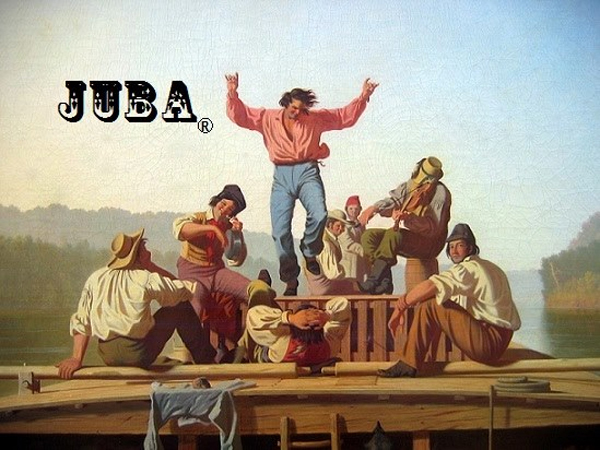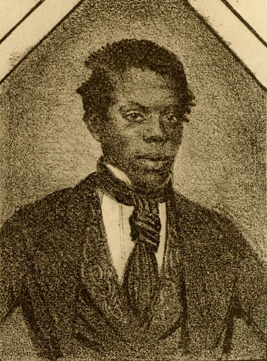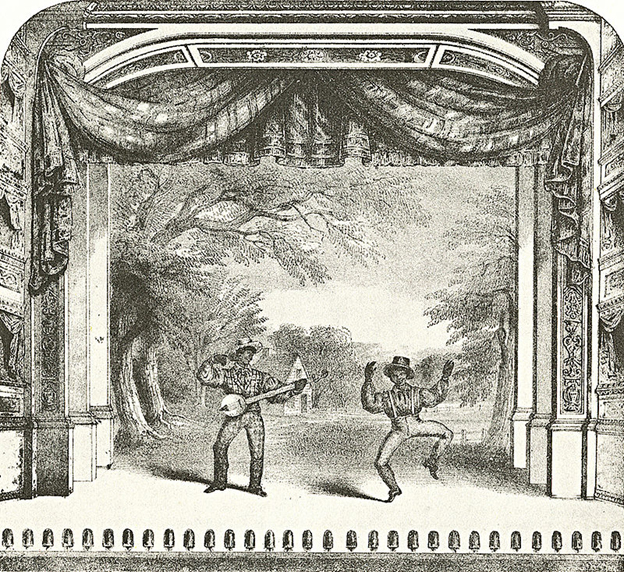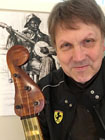
Juba Music? What is that?! It pre-dates ragtime, jazz, blues, hokum, jugband, hillbilly, country, and in fact most of what we term today as “American Folk Music.” It is from the time we call the Antebellum (before the Civil War, from about 1750 to 1850).
There is a wonderful aspect to this story and one that is often not discussed. It is a story of integration. Integration of races, of cultures, of classes, of disreputable music halls and respectable parlors. It is the story of a melting pot. That sounds like America alright doesn’t it? From foul swamp-waters sprang forth many lotus flowers! That is the story of American Music.
Now, music cannot be understood in and of itself. It must be viewed in the context of the societies in which it occurs. Music is closely related to dance for instance, and in fact, cannot be separated … not in any place at any point in history!
Slavery, atrocious as it was, played a major factor in American Music. The enslaved peoples from West Africa, who were forcibly brought to the United States, of course had their own unique music and dance. Most of the slaves were first brought to clearing and auction facilities in the West Indies before being sold to plantations in both North and South America (the majority of whom were sold to plantations in South America). Now, what happened in the West Indies is very significant because that was another cultural melting pot where musical forms, musical instruments, and dances were formed before coming to the USA. And it is this music and dance of which we really know so little that is termed in historical writings as “Juba.” It is both a music and a dance, and, was a name adopted by several performers over the 19th century!

Let us now then shine a spotlight on two dancers considered to be the Fathers of American Dance … William Henry Lane and John Diamond.
William Henry Lane, an African-American dancer is believed to have been born around 1825. His stage name was Master Juba. He was a free-born African American from Providence, Rhode Island. By the age of ten, Master Juba was performing in Paradise Square in the Five Points District of New York, where a high concentration of African-American and Irish-American populations lived alongside each other.

Now enter the second dancer in our story, John Diamond, a champion Irish-American dancer and blackface-minstrel-performer born 1823, who entered show business at age 17.
The similarities in their backgrounds is striking of course, and I should like to point out that both dancers came from ethnic groups that were pretty much at the bottom rungs of society. The two ethic groups, African-Americans and Irish-Americans were crammed together in the small and rough neighborhood of the Five Points. And like it or not, they integrated.
Dancing competitions were a very popular sport in New York City in the 1840s and these two dancers often competed against each other! The really interesting thing is that Diamond learned Juba dancing and started performing as an Ethiopian Dancer in black face (smudging burnt cork on one’s face). And, Master Juba (William Henry Lane) learned Irish dancing and was so impressive that he soon became a favorite among the Irish-American community and won the majority of the competitions he entered. And, lest William Henry Lane missed an opportunity, Master Juba also began performing as an “Ethiopian” wearing blackface. Wow! Again, a story of integration, warts and all.
Eventually both dancers went to work for P.T. Barnum as well as other circus impresarios, and they would often compete against each other to the great delight of the fans. There is circumstantial evidence that the two men were friends and I can just imagine that many of the competitions were in fact staged and even choreographed to the financial profit of both dancers.
Later in their careers both dancers performed all across the USA (but usually not together) and both even traveled to Great Britain where they were extremely popular and in great demand. In 1842, the great English novelist Charles Dickens toured the United States and in his book titled “American Notes” Dickens described Master Juba as “The greatest dancer known!”
Sadly, both men led “fast lives” and were fond of drink and each died very young.
Individually and together, each man, Juba and Diamond, combined elements of Irish, African, and Caribbean Dance styles and thus created a new and wholly original form of dance that was, and remains, uniquely American.
Today, we know the descendants of these dances as tap-dancing, flat-footing, clogging, break dancing, and hip hop; the foundational pillars of each being Buck, Wing, and Jig.
In the next installment article I will discuss the music that was known as Juba, and which became a foundational pillar to all American music that would come after.
__________
 Tom Berghan is a musician and singer specializing in Early American music. Tom shares a genuine appreciation for songs from the 19th & 20th centuries with colorful stories, humor and a wealth of knowledge regarding their origin.
Tom Berghan is a musician and singer specializing in Early American music. Tom shares a genuine appreciation for songs from the 19th & 20th centuries with colorful stories, humor and a wealth of knowledge regarding their origin.

Wonderful article and accompanying music! So good to learn more about our own country’s music roots. Thank you.
Juba…this is wonderful information. Who could tell us the connection between Contra Dance and Juba? My best understanding is Contra is both a Colonial folk music and a folk dancing style.
Hi Doug, you can ask Tom on his facebook page -at the bottom of the article. Stewart